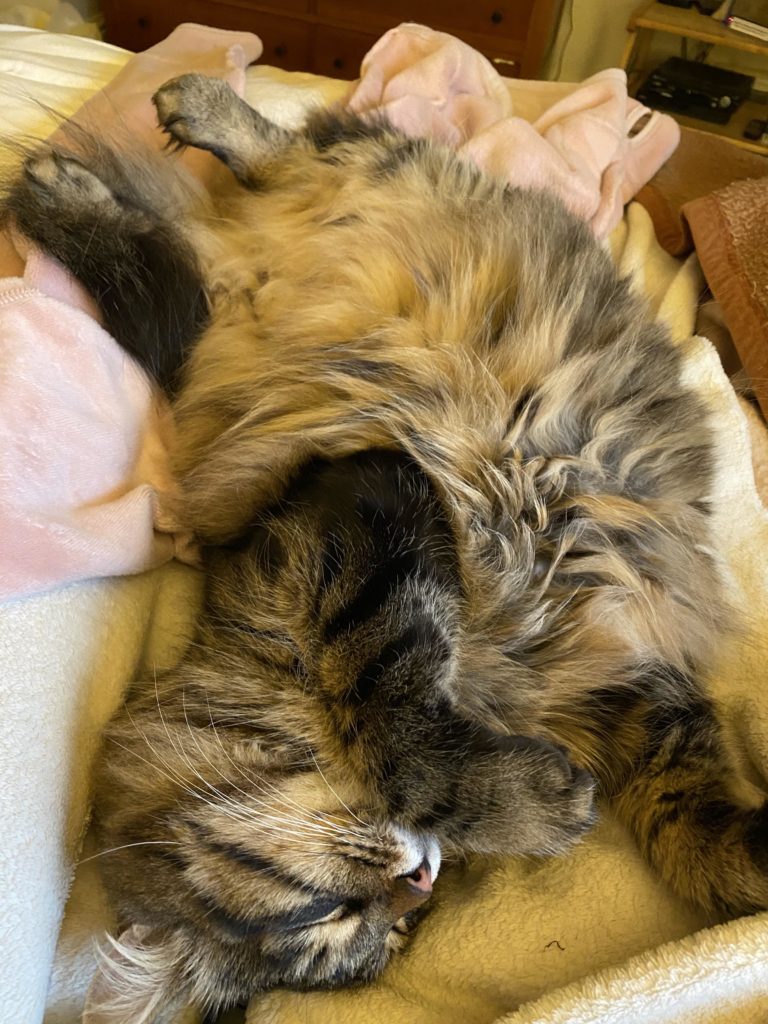INTRODUCTION
Action in our bodies expresses by the contraction or “flexion” of muscles. After an action has occurred, that muscle needs to reset or “extend.” Our bodies are organized so that, overall, the expression of action is forward directed, and reset is on the back of the body. In our bodies, this reset mechanism is called “Postural Extension”, which is the resting tension of our upright posture. When viewed from the side our skeletal (compressional) attribute is posterior of the center of mass of our bodies (Gravity Line section for more detail). Consequently, without some resting tension in the back, posterior to our Spine, we would collapse forward. When standing, our bodies always maintain a default level of tension in the connective tissues relevant for Postural Extension.
/movement requires inhibition of postural extension
ANATOMICAL DESCRIPTION OF POSTURAL EXTENSION
Our Postural Extension originates at the bottom of the Big Toe, and inserts on the inside and outside of the Heel (the bottom of the heel is more flat than round). It then originates on both sides of the Heel and inserts on both sides of the knee, crossing itself to make an hourglass of two triangles. The Plane then converges at the pelvis. Making an inverted “V” the Plane originates from both sides of the pelvis and inserts into the base of the skull. It then continues over the top of the Occiput and Sphenoid to the opposing eye socket. This organization of triangular “trusses” is discussed in a paper on “Triangles and Tetrahedra“. It may not seem logical that the back of our body originates in the sole of the foot, but it is mechanically sound to include this as horizontal tension in the sole, stabilized by our mass bearing down through our feet, stabilizes the vertical tension arising from the Heel.
/organization of the heel is a key attribute of PE
/latissimus

COGNITIVE ASSOCIATIONS
The back of the body is linked to Sympathetic dominance (alertness). The front of the body is linked to Parasympathetic dominance (rest and digestion (sympathetic standby). This can be experienced by lying face down and observing your resting state – the qualities of your basal tone or how alert you remain. This position aligns with Sympathetic dominance. Then lay facing up and compare your basal tone (This is enhanced if you place your arms above your head.) This position aligns with Parasympathetic dominance – a more deeply restive and regenerative position.
These sections discuss some attributes of Postural Extension and Exercises to improve its functionality.
A key anatomical feature of our upright posture is our Spine, which evolved to delineate an Animal locomotive role very different than the role which it plays for us. This section discusses the structure and function of the Spine:
SPINE
Some anatomical features of our Postural Extension mechanism are so complex that they require investigation in isolation from the whole. These features have a holographic quality where functions of the whole can be seen in the structure of the part, and are discussed in these sections:
FEET
HEAD
META READING
Overview of the Locomotive Core mechanisms of Stance:
STANCE
Overview of discussions on our Locomotive Core:
LOCOMOTIVE CORE
Overview of discussions on our core neurophysiology:
THE FOUR CORES
Overview of the models presented on the Website:
MODELS